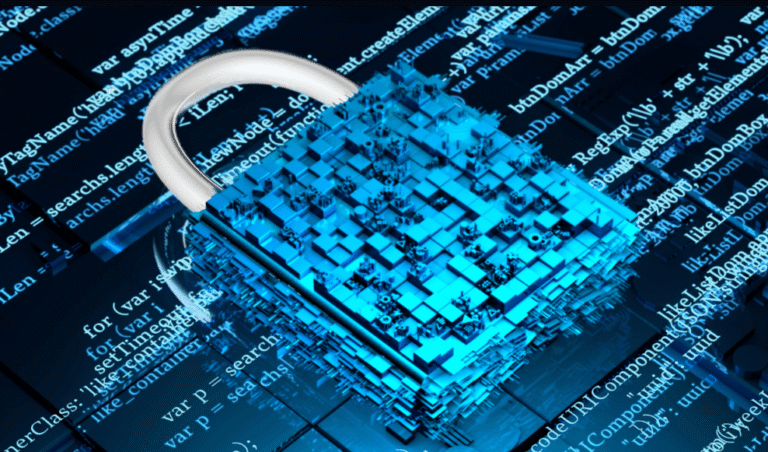Edge computing represents a paradigm shift in data processing by decentralizing computing resources. This approach minimizes latency and enhances efficiency by processing data closer to its source. As industries increasingly rely on real-time data, the significance of edge computing becomes clear. However, understanding its full impact on technology and various sectors requires further exploration. What benefits and challenges does this innovative model present for the future?
Understanding Edge Computing
Edge computing represents a paradigm shift in data processing, where computation occurs closer to the data source rather than relying solely on centralized data centers.
This innovative approach leverages edge architecture to enhance efficiency and reduce latency. By processing data at the edge, organizations can respond swiftly to real-time demands, ultimately fostering greater autonomy and flexibility in their operations, while optimizing resource utilization.
See also: What Is Cloud Gaming and How Does It Work?
Key Benefits of Edge Computing
Numerous organizations are increasingly recognizing the key benefits of edge computing, which fundamentally transform how data is managed and utilized.
This technology offers significant security enhancements by processing data closer to its source, thereby reducing exposure to threats.
Additionally, latency reduction improves real-time data processing, enabling faster decision-making and enhancing overall operational efficiency.
Such advantages position edge computing as a critical component of modern infrastructure.
Applications of Edge Computing Across Industries
How can edge computing reshape various industries in today’s digital landscape?
In healthcare, innovations like real-time patient monitoring enhance care quality and reduce response times.
Meanwhile, manufacturing efficiency improves through predictive maintenance and data analytics, leading to optimized operations and reduced downtime.
The Future of Edge Computing and Its Impact on Technology
As the demand for real-time data processing continues to surge, the future of edge computing promises to significantly transform technological landscapes across various sectors.
Future trends indicate an increase in decentralized computing, enhancing data security and reducing latency.
Technological advancements will drive innovation in IoT, smart cities, and autonomous systems, empowering users with greater control and fostering a more connected, efficient world.
Conclusion
In conclusion, edge computing represents a pivotal shift in data processing, enabling organizations to harness real-time insights and enhance operational efficiency. While some may argue that centralized data centers still play a critical role, the growing demand for immediate data processing and security cannot be overlooked. As industries continue to evolve and embrace digital transformation, edge computing will undoubtedly emerge as a cornerstone technology, driving innovation and redefining the landscape of data management and decision-making.



